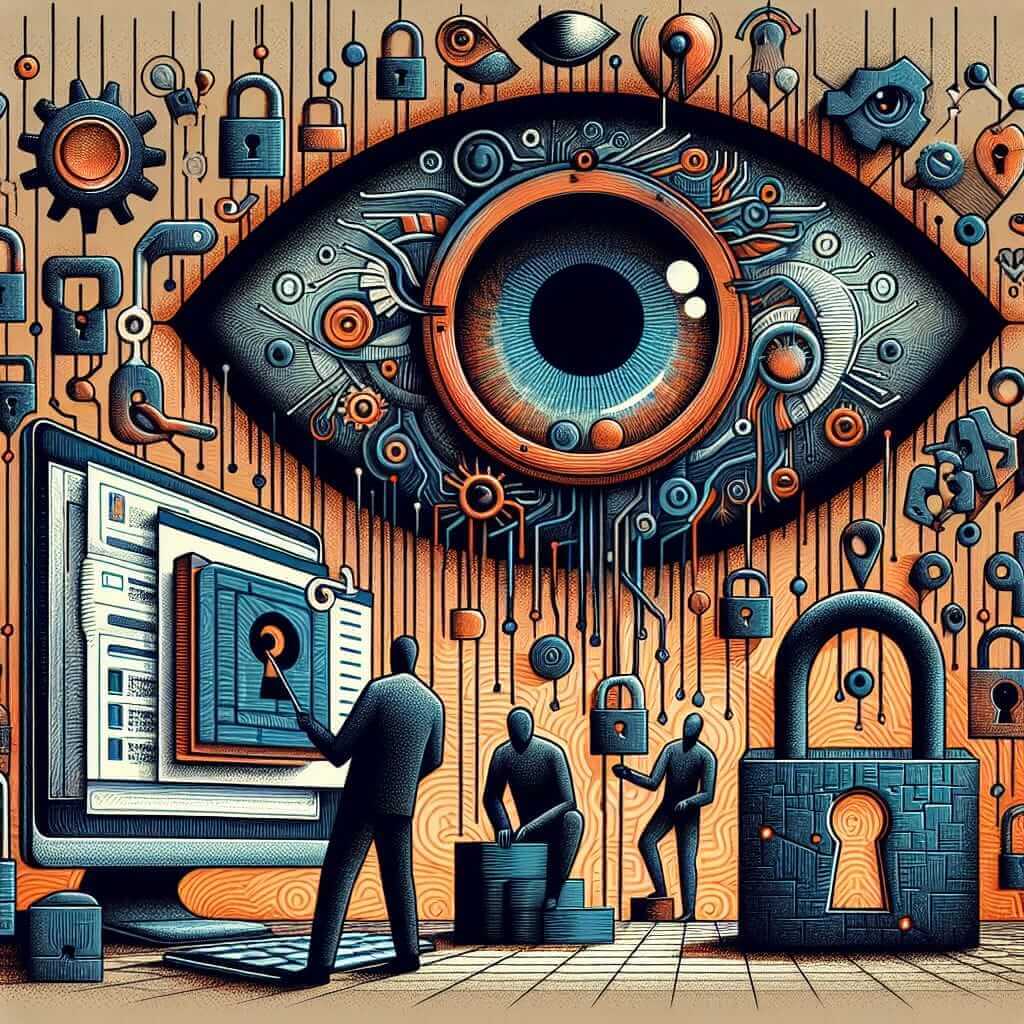The IELTS Reading section is one of the most challenging parts of the IELTS exam as it tests a candidate’s ability to understand and interpret complex texts. One frequently appearing topic that has been gaining attention due to its significance in today’s technological landscape is “What are the implications of facial recognition technology on privacy?” This topic is not only relevant due to current technological advancements but also because it touches upon critical societal concerns, making it a suitable subject for IELTS reading passages.
Nội dung bài viết
In recent IELTS examinations, themes surrounding technology and privacy have been quite prevalent. Given the growing concerns over privacy issues linked with new technologies, it is plausible that the topic of facial recognition technology and its implications on privacy will feature in future tests.
Main Content
Practice Reading Test: Easy Text
Facial Recognition Technology and Privacy
Facial recognition technology (FRT) has become an integral part of various sectors including security, healthcare, and retail. This technology involves identifying or verifying individuals using their facial features. While the technology holds promise for enhancing security and personalizing user experiences, it raises significant privacy concerns.
One of the primary concerns is data security. Facial recognition involves collecting and storing biometric data, which can be sensitive and personal. If this data is not stored securely, it can lead to unauthorized access and misuse. Additionally, there are concerns about surveillance and the loss of anonymity. As more public spaces incorporate facial recognition, individuals may feel constantly monitored, leading to a decline in privacy.

Another issue is the accuracy and bias in facial recognition systems. Studies have shown that these systems can be less accurate for people of color and women, leading to potential biases and discrimination. This raises questions about the ethical implications of using such technology, especially in critical areas like law enforcement.
Despite these concerns, some argue that facial recognition can significantly improve safety and efficiency. For example, in airports, it can expedite the boarding process, and in law enforcement, it can help in identifying and apprehending criminals. However, it is crucial to strike a balance between the benefits of this technology and the protection of individual privacy rights.
Questions
-
Multiple Choice
What is a primary concern mentioned in the passage regarding facial recognition technology?- A) Increase in efficiency
- B) Bias and discrimination
- C) Personalizing user experiences
- D) Enhancing security
-
True/False/Not Given
According to the passage, facial recognition technology is equally accurate for all individuals. -
Matching Information
Match the following issues with their implications mentioned in the text:- Data Security
- Accuracy and Bias
- Enhanced Safety
-
Sentence Completion
Facial recognition technology can help in ___ in law enforcement.
Answers
-
Multiple Choice
- B) Bias and discrimination
-
True/False/Not Given
- False
-
Matching Information
- Data Security: Unauthorized access and misuse
- Accuracy and Bias: Potential biases and discrimination
- Enhanced Safety: Identification and apprehension of criminals
-
Sentence Completion
- identifying and apprehending criminals
Lessons Learned
When tackling the Reading section, here are common pitfalls to avoid:
- Misreading Questions: Ensure you understand exactly what the question is asking. Keywords can be crucial.
- Paraphrasing Issues: Often, information in the passage will not be worded exactly as in the questions. Focus on synonyms and related phrases.
- Time Management: Allocate your time wisely. Do not spend too long on one question.
Vocabulary
Here are some challenging words from the text:
- Biometric (n): /ˌbaɪ.oʊˈmet.rɪk/
- Related to the unique physical characteristics used to identify individuals.
- Surveillance (n): /sɚˈveɪ.ləns/
- Close observation, especially of a suspected spy or criminal.
- Ethical (adj): /ˈeθ.ɪ.kəl/
- Relating to moral principles or the branch of knowledge dealing with these.
Grammar
Some important grammatical structures used in the passage:
- Relative Clauses: “which can be sensitive and personal”
- Used to add extra information about the noun preceding it.
- Conditionals: “If this data is not stored securely, it can lead to unauthorized access and misuse.”
- Used to express a condition and the result.
Advice for IELTS Reading
To excel in the Reading section, consider the following tips:
- Practice Regularly: Consistent practice with a variety of texts will improve your reading speed and comprehension.
- Skimming and Scanning: Develop these skills to quickly locate key information in the text.
- Expand Vocabulary: Enhancing your vocabulary will help you understand and interpret complex texts more effectively.
- Paraphrasing Skills: Work on recognizing synonyms and paraphrased sentences as they are common in the IELTS reading test.
- Time Management: Practice under timed conditions to improve your ability to complete tasks within the allocated time.
By diligently preparing and practicing, you’ll improve your confidence and performance in the IELTS Reading section.